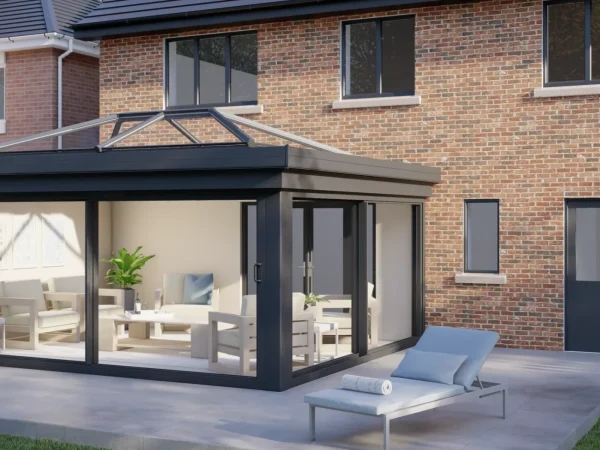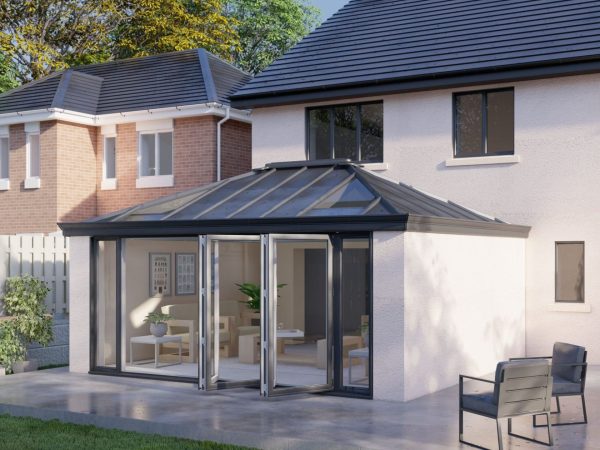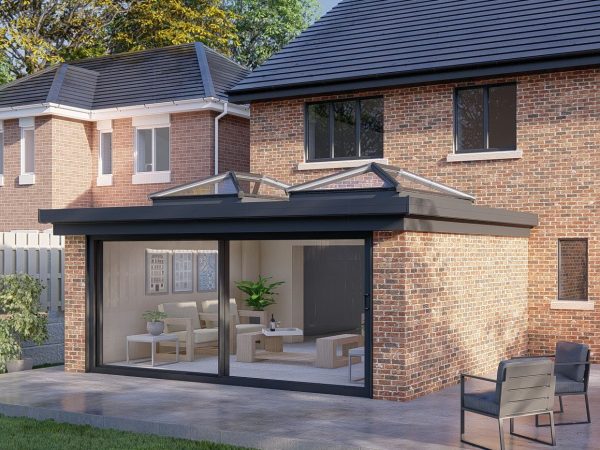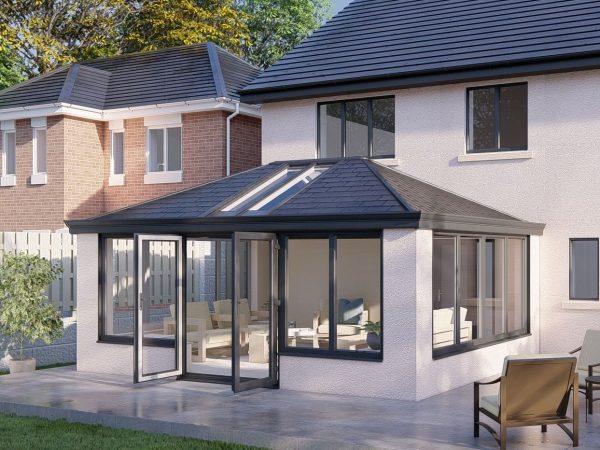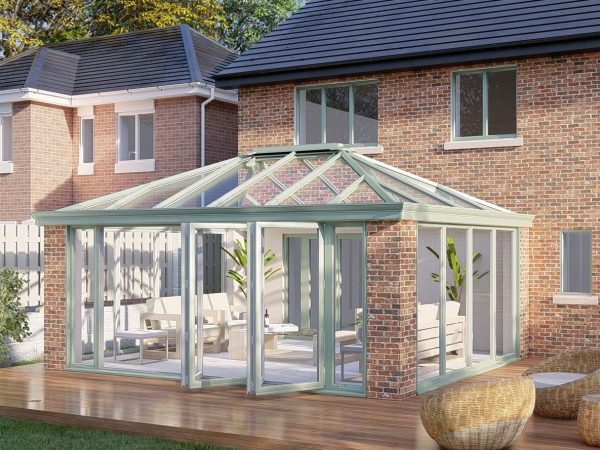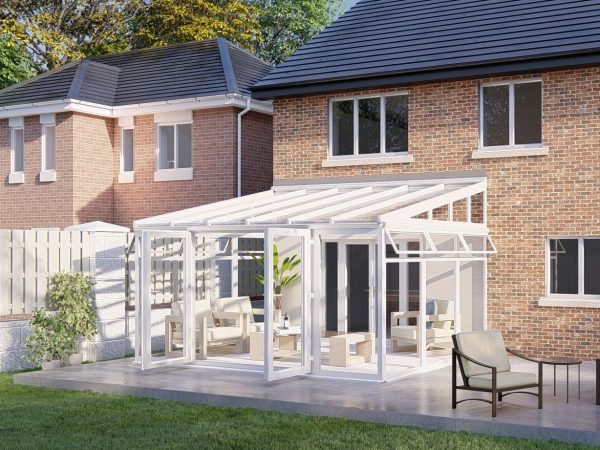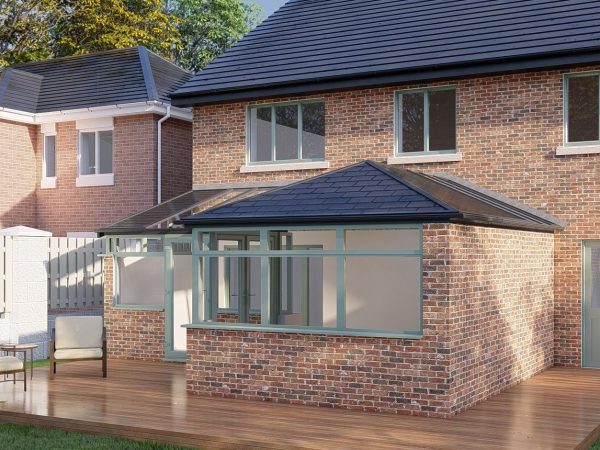What are the best curtains and blinds for your windows?
You’ve managed to choose between the different window designs; casement, sash, French, tilt and turn and bay and bow. Then, you picked your frame material and colour, selected a reputable installer and set the date. Now, the dust has settled and your new windows are installed — mission accomplished.
Having new windows and doors fitted is almost always a good thing, but – like repainting white walls – it can lead to a whole lot of other work around the house. Suddenly, your old sofa needs to be moved to a different wall, that coffee table looks a little out of place — or you need new curtains or blinds!
We’ve found that many of our customers like to fit new curtains and blinds to go with their new windows. Just like a set of windows, they can improve a room’s looks, liveability and insulation. As such, here’s our short guide to choosing the best curtains or blinds for your windows, old or new.
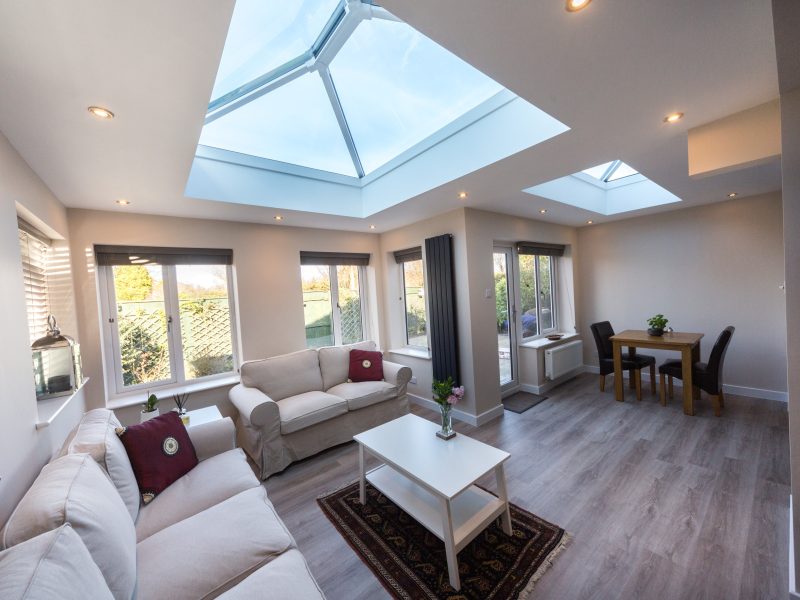 Amazing Living Spaces
Amazing Living Spaces
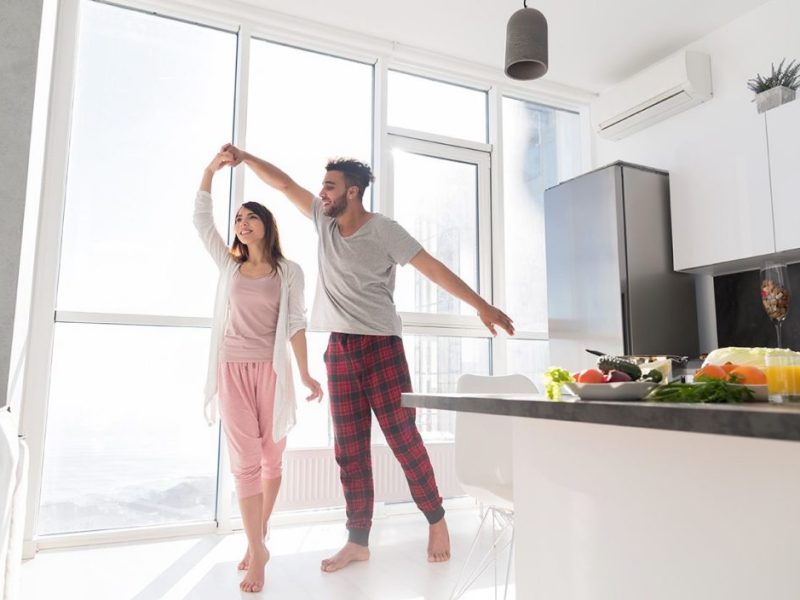 Finance Options Available
Finance Options Available
